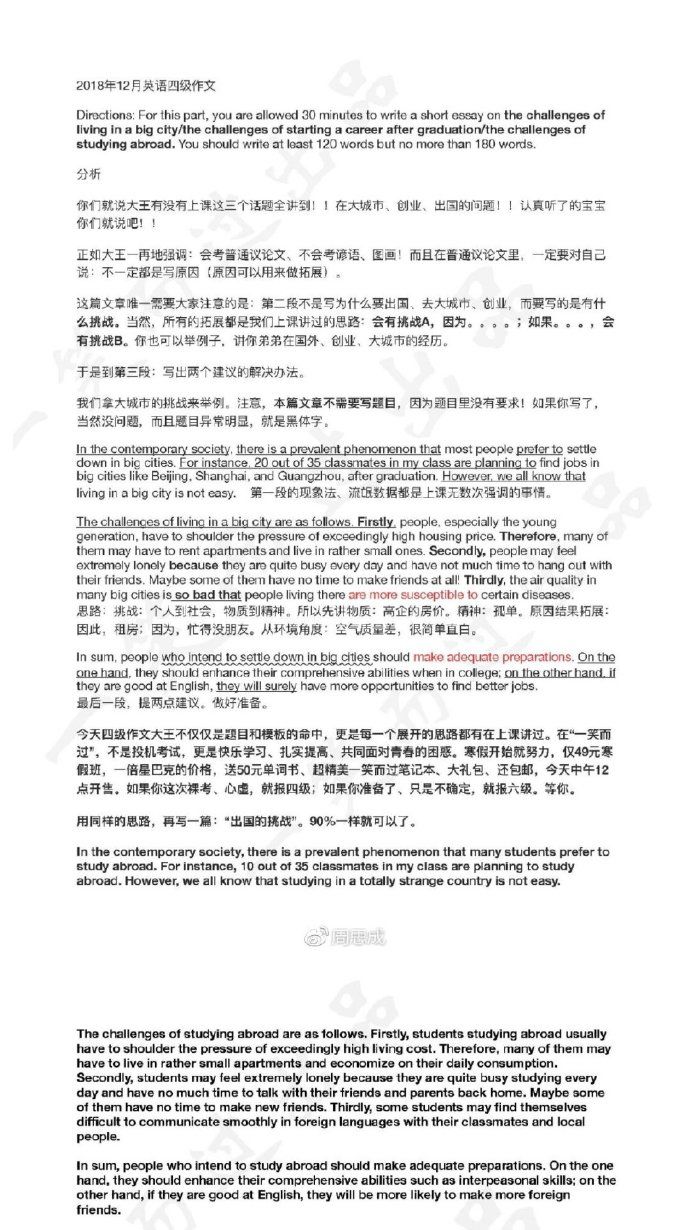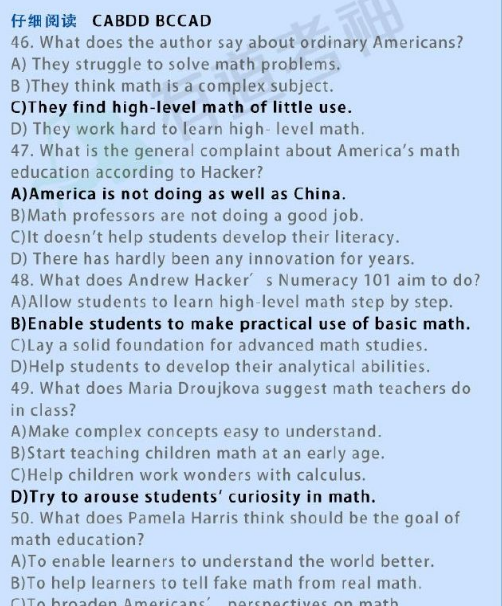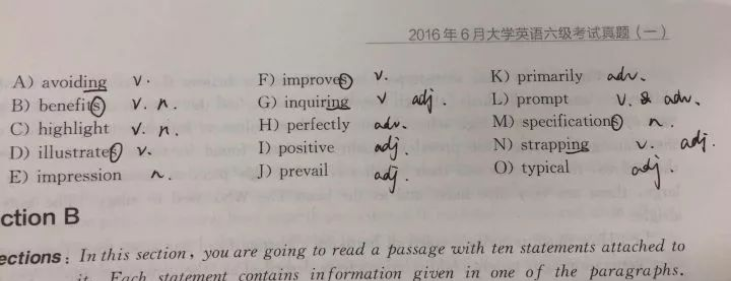LSAT模拟试题:LSAT模拟试题TEST5逻辑1b
|
6. A study was designed to establish what effect, if any, the long-term operation of offshore oil rigs had on animal life on the bottom of the sea. The study compared the sea-bottom communities near rigs with those located in control sites several miles from any rig and found no significant differences. The researchers concluded that oil rigs had no adverse effect on sea-bottom animals. Which one of the following, if true, most seriously weakens the researcher' conclusion? A) Commercially important fish depend on sea-bottom animals for much or their food, so a drop in catches of these fish would be evidence of damage to sea-bottom communities. (B) The discharge of oil from offshore oil rigs typically occurs at the surface of the water, and currents often carry the oil considerable distances before it settles on the ocean floor. (C) Contamination of the ocean floor from sewage and industrial effluent does not result in the destruction of all sea-bottom animals but instead reduces species diversity as well as density of animal life. (D) Only part of any oil discharged into the ocean reaches the ocean floor: some oil evaporates, and some remains in the water as suspended drops. (E) Where the ocean floor consists of soft sediment contaminating oil persists much longer than where the ocean floor is rocky. 7. Scientists are sometimes said to assume that something is not the case until there is proof that it is the case. Now suppose the question arises whether a given food additive is safe. At that point, it would be neither known to be safe nor known not to be safe. By the characterization above, scientists would assume the additive not to be safe because it has not been proven safe. But they would also assume it to be safe because it has not been proven otherwise. But no scientist could assume without contradiction that a given substance is both safe and not safe: so this characterization of scientists is clearly wrong. Which one of the following describes the technique of reasoning used above? (A) A general statement is argued to be false by showing that it has deliberately been formulated to mislead. (B) A statement is argued to be false by showing that taking it to be true leads to implausible consequences. (C) A statement is shown to be false by showing that it directly contradicts a second statement that is taken to be true. (D) A general statement is shown to be uninformative by showing that there are as many specific instances in which it is false as there are instances in which it is true. (E) A statement is shown to be uninformative by showing that it supports no independently testable inferences. 8. During the 1980s the homicide rate in Britain rose by 50 percent. The weapon used usually was a knife. Potentially lethal knives arc sold openly and legally in many shops. Most homicide deaths occur as a result of unpremeditated assaults within the family. Even if these are increasing, they would probably not result in deaths if it were not for the prevalence of such knives. Thus the blame lies with the permissiveness of the government that allows such lethal weapons to be sold. Which one of the following is the strongest criticism of the argument above? (A) There are other means besides knives, such as guns or poison ,that can be used to accomplish homicide by a person who intends to cause the death of another. (B) It is impossible to know how many unpremeditated assaults occur within the family, since many are not reported to the authorities. (C) Knives are used in other homicides besides those that result from unpremeditated assaults within the family. (D) The argument assumes without justification that the knives used to commit homicide are generally purchased as part of a deliberate plan to commit murder or to inflict grievous harm on a family member. (E) If the potentially lethal knives referred to are ordinary household knives, such knives were common before the rise in the homicide rate; but if they are weaponry, such knives are not generally available in households. 9. Nutritionist: Vitamins synthesized by chemists are exactly the same as vitamins that occur naturally in foods. Therefore, it is a waste of money to pay extra for brands of vitamin pills that are advertised as made of higher-quality ingredients or more natural ingredients than other brands are. The nutritionist's advice is based on which one of the following assumptions? (A) It is a waste of money for people to supplement their diets with vitamin pills. (B) Brands of vitamin pills made of natural ingredients always cost more money than brands that contain synthesized vitamins. (C) All brands of vitamin pills contain some synthesized vitamins. (D) Some producers of vitamin pills are guilty of false advertising. (E) There is no nonvitamin ingredient in vitamin pills whose quality makes one brand worth more money than another brand. 10. Most people are indignant at the suggestion that they are not reliable authorities about their real wants. Such self-knowledge, however, is not the easiest kind of knowledge to acquire. Indeed, acquiring it often requires hard and even potentially risky work. To avoid such effort, people unconsciously convince themselves that they want what society says they should want. The main point of the argument is that (A) Acquiring self-knowledge can be risky (B) Knowledge of what one really wants is not as desirable as it is usually thought to be (C) People cannot really want what they should want (D) People usually avoid making difficult decisions (E) People are not necessarily reliable authorities about What they really want |








